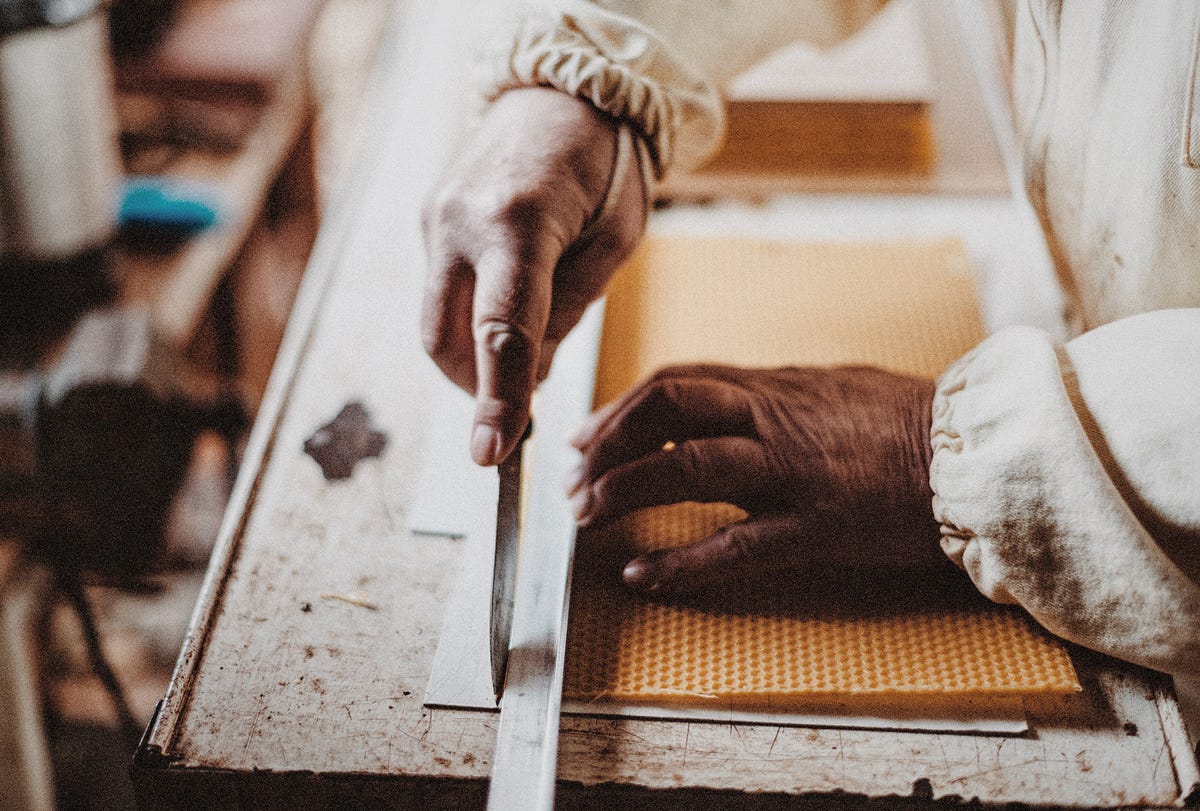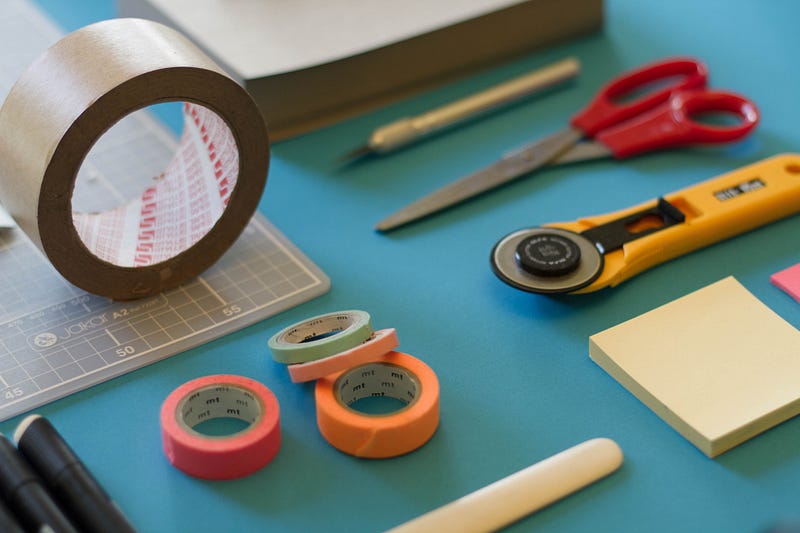Cutting The Line
What Cutting Mats for my Photos Taught Me About Creativity

—
While writing is and will always be my first love, it is not my only creative outlet. I am also an avid photographer (I dabble a little with painting too). I have been doing photography for a much shorter time than I have been writing and while I’ve had some success in photography, I am still learning.
I love being at different levels of mastery for each of my creative outlets. They feed off of each other and help me stay motivated overall as an artist.
Recently, I was getting ready for an event where all photographers were to bring a portfolio of ten photographs to be shown and critiqued by a group of professional photographers who, for some reason, let me hang out with them.
This is a formal, annual event and is something I take very seriously. I had carefully curated ten good prints of my photos and needed to cut mat boards to perfectly frame each of the ten photos.
Now, I could have taken the photos to a framing shop and had them cut the mats for me, but my photography mentor is a stickler that a photographer should know how to cut their own mats and do so with a ruler and a blade, no need to use a mat cutting device.
A fifty-year professional photographer, she is very quick and efficient, zip, zip, bam a perfectly measured, perfectly cut mat.
My mat cutting is more like, zip, curse word, zoop, why god why, zap, damn! Did you know that paper has a grain, like wood? And your very sharp blade, if not well-tended, can slip into the grain and wander well off of your carefully measured and drawn pencil line?
Yeah. I’m not so good at cutting mats, but I am getting better.
This year I tried a different approach. One that I hoped would result in less shedding of tears, fewer pieces of ripped up mat board on the floor, and a happier me.
Instead of trying to go faster, to push quickly to complete the essential cuts in the board, I went slower. Much slower, using both deep breathing and intent. I kept my eye on the pencil line and my hand firmly on the blade, I watched the slow progress as I cut, making micro adjustments as needed. I didn’t let up on the pressure to the blade until I hit the end of the pencil line, and stayed focused on finishing each mat and not thinking about how many more I had left to do, just on making the one in front of me the best it could be.
The result? Instead of using up 2 to 3 pieces of mat board to get one good matted photo, I ended up spoiling only three boards total over ten photos.
This is significant.
Which caused me to think about what lessons I could apply from this experiment to the rest of my creative work.
Here’s what I learned:
1. In any creative work, errors will be made. There is a one-hundred percent chance you will make errors if you are doing creative work. Own that and learn to love the serendipity now.
Mistakes are what Bob Ross used to call “happy accidents.” It’s not whether or not you will make a mistake, you will, it’s how you recover from it that makes all the difference.
Fear of making mistakes, or giving up once a mistake is made is the number one obstacle I see limiting my fellow creatives.
2. Don’t let mistakes keep you from creating new work. How are you ever going to get any better if you don’t dive in, make mistakes, and learn what not to do next time?
Doing the work and continuing to create is how you start to make fewer mistakes.
3. Keep the end in mind but don’t make it your only focus. Finishing your project matters, but not at the expense of quality in the progress needed to get there.
Don’t get cocky, don’t take shortcuts, and stay focused at all stages as they each need different attention and they all matter in the finished product. People can tell when an artist takes a shortcut. It shows in the final product and is the difference between good and great work.

Photo by Jo Szczepanska on Unsplash
4. Know your tools and know your medium. Being in the flow is so cool and when that creativity flows through you like an electric charge, there can be no better feeling. And there can be no quicker way to kill your flow than having to fiddle with your tools or finding the medium you work in doesn’t respond the way you thought.
Take a little time to experiment, play around a bit before you get serious in order to see what your tools and medium can do before jumping in there with ambitious plans.
5. Be willing to change your approach if something isn’t working. You may see another artist do something (in person, via YouTube, etc.) and wonder why you can’t make it work that way. You might try and try, following the exact instructions and still not get there.
What I am saying is: Don’t give up too soon, but don’t be afraid to make changes in your approach to see if it helps.
And finally…
6. Stay centered. It’s easy as an artistic type to go off on fun flights of fancy. To get in your head thinking “look at me being an artist!” and “where should I post photos of this thing when I’m done?” All of that takes you away from the work in front of you.
Allow yourself that fun dream time after you are done. While in the act of creating, stay in the now and stay purpose-driven in your work.
I know we are all writers here on Medium, so this may not seem like a story about cutting mat boards is for you, but rest assured, this applies to all creative endeavors, no matter the medium or the Medium (see what I did there?) you work in.